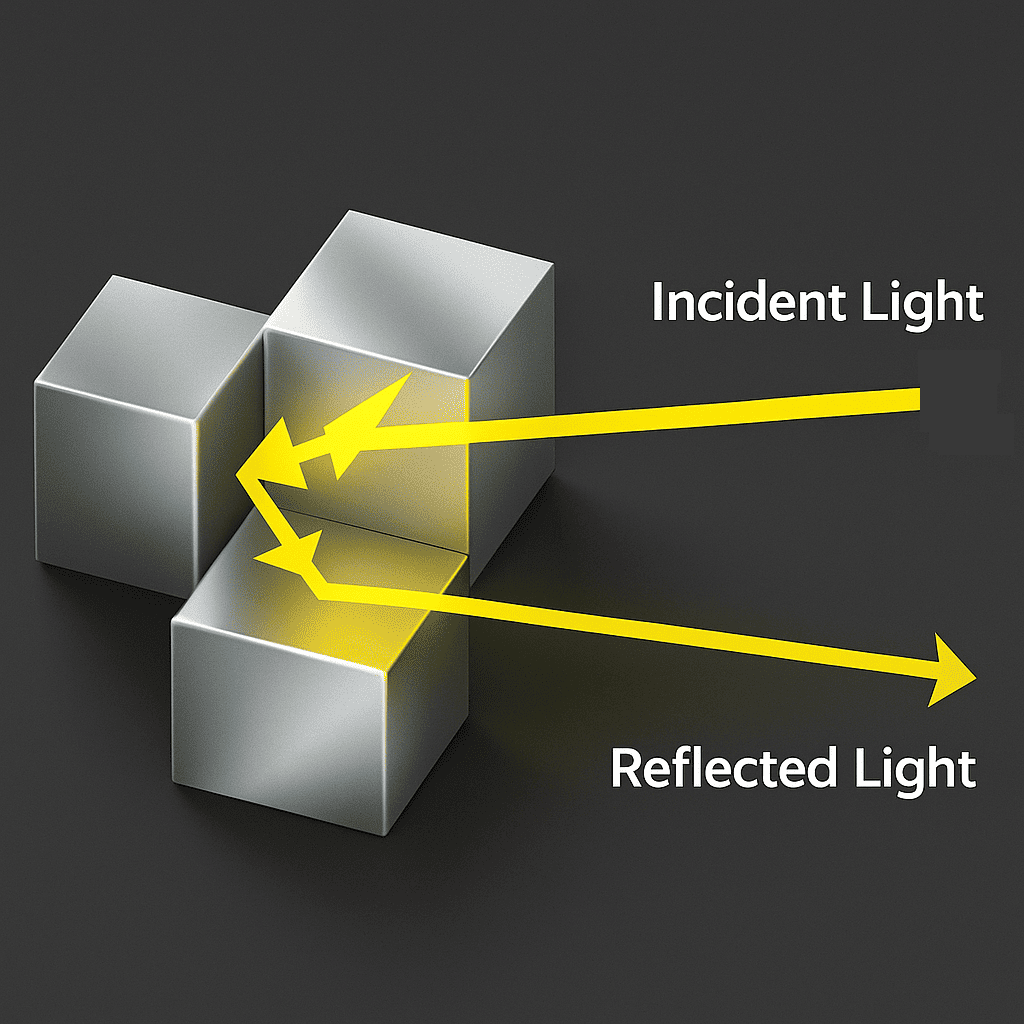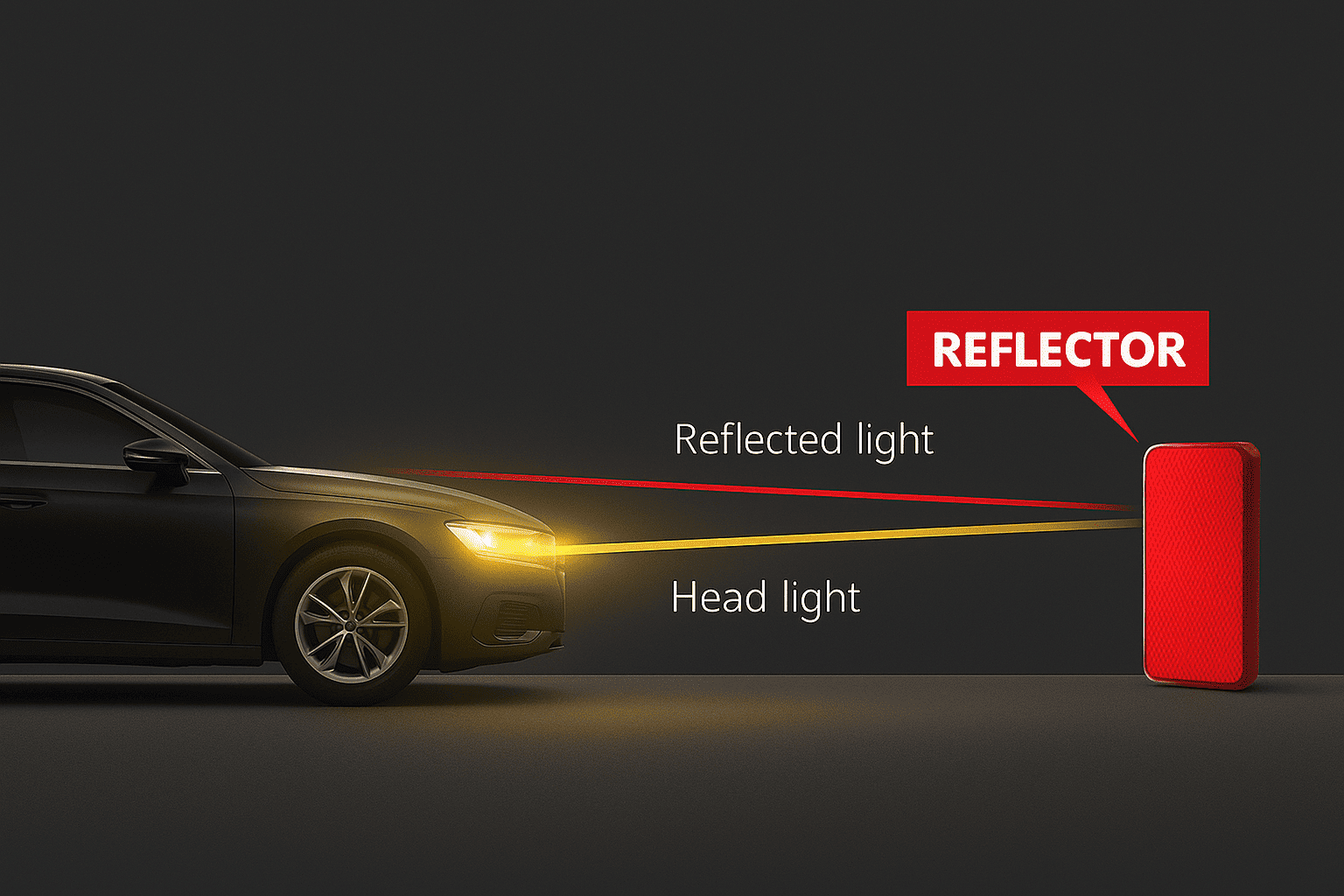Reflector Info
Reflectors are essential components for enhancing visibility in nighttime and low-light conditions, widely used in vehicles and safety signage.

Optical Principle: Retroreflection
The core optical mechanism of a reflector is retroreflection, which relies on precise microstructures—such as triangular prisms, honeycomb arrays, or cube corners.
-
Incoming light enters the reflector’s structured surface and is reflected multiple times.
-
The light then returns almost exactly in the direction it came from, regardless of the angle of incidence.

Core Function of Reflectors
A reflector is a passive safety device that significantly enhances visibility in low-light or nighttime environments by reflecting incoming light sources such as headlights or street lamps. Its primary functions include:
-
Safety enhancement: Helps static objects such as parked vehicles, bicycles, or pedestrians become visible from a distance at night.
-
No power required: Operates purely through passive light reflection—no electricity needed.
